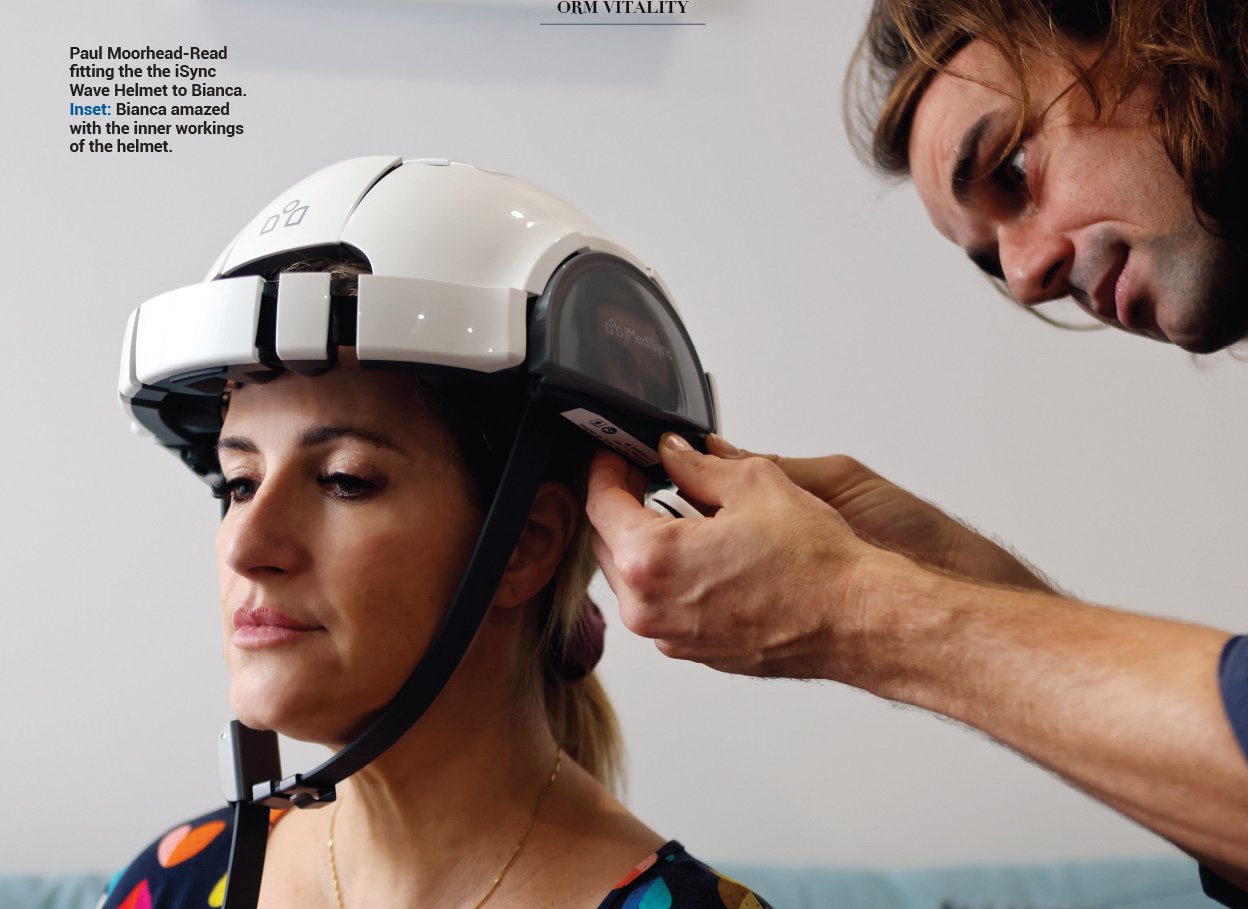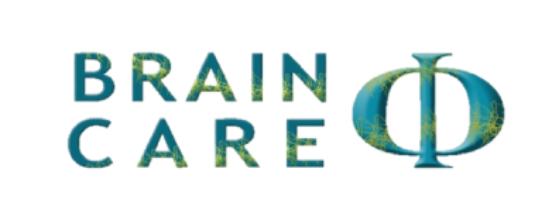
QEEG and the diagnosis of anxiety
Anxiety is the worry, irritation, restlessness and feelings of dread that put us in high alert for danger, which persists in the absence of a tangible threat. This can be accompanied by difficulties concentrating, increased fatigue, and sleep difficulties. Bur before treatment comes diagnosis.

Why QEEG?
We rely on specialised testing and scans to find out what’s happening in our bodies from the neck down. However, when it comes to difficulties with our behaviours, thoughts or emotions that likely originate in our brain, we have not been so scrutinous. Why can QEEG be the answer?

Tackling Mental Health Head-On: qEEG Assessments
Bianca Dye visited Brain Care for a qEEG, a type of assessment that measures the brain’s activity, and can help support the diagnosis of several conditions. Here is Bianca’s journey on understanding her anxiety, as published in the autumn edition of Ocean Road Magazine.

Attention Deficit Hyperactivity Disorder (ADHD): An Overview
For people with ADHD (attention deficit hyperactivity disorder), nearly every task has a thousand distractions or alternate routes. We all have difficulties with attention, organization, planning and focus, but for some it warrants a diagnosis and therapeutic intervention.

Neurofeedback for Depression
Neurofeedback offers a safe and non-invasive alternative to relieving depression with lasting results. So what does a brain with depression look like? What is neurofeedback? How can it help with depression?

Depression: What it looks like.
Depression affects everyone differently, and it may manifest in changes in behaviour, thoughts, feelings and physical symptoms. There are many causes for depression, but there are many treatments available too. Psychotherapy may help.

What is Functional Neurological Disorder?
Functional Neurological Disorder (FND) is a condition characterised by a wide variety of neurological symptoms without the presence of structural or organic abnormalities in the brain or nervous system.
